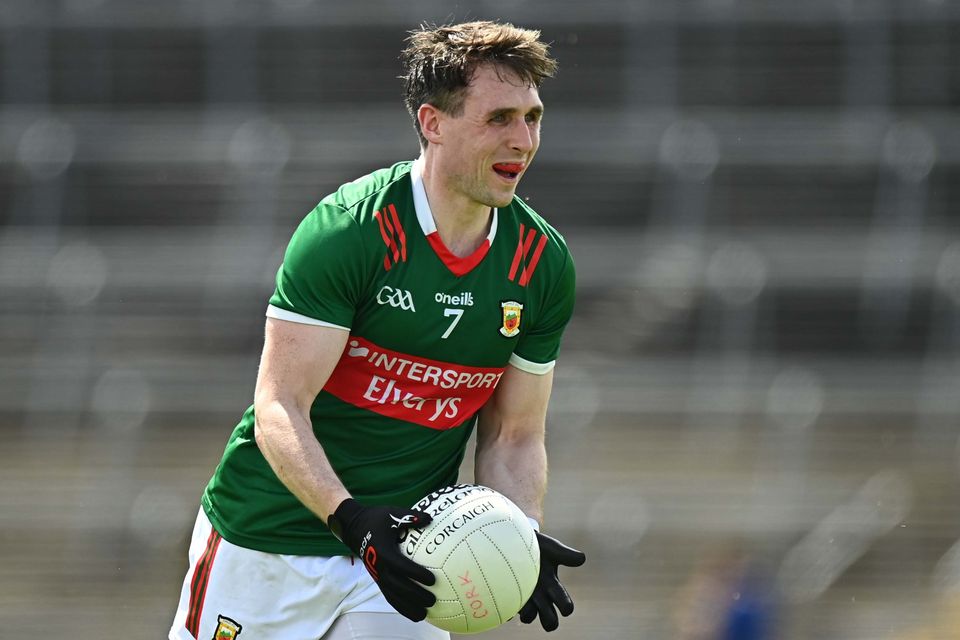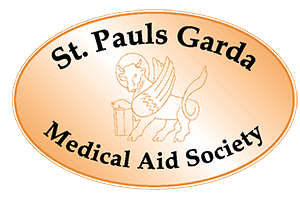This article by Sean Duke was published in The Irish Independent in September 2025 – Click here for the full article.
Sat 6 Sep 2025 at 05:30 – Photo : Sportsfile
 A major new study has found that almost 90pc of GAA players who suffer ACL injury have a similar recovery rate to professional sports.
A major new study has found that almost 90pc of GAA players who suffer ACL injury have a similar recovery rate to professional sports.
The work involved researchers from Dublin City University (DCU) and the Royal College of Surgeons in Ireland (RCSI) at the UPMC Sports Surgery Clinic, in Santry.
They reported the recovery rate after investigating anterior cruciate ligament (ACL) reconstruction surgery outcomes in 1,891 Gaelic football, hurling and camogie players.
Gaelic games rank among the world’s most physically demanding field sports, with rapid changes of direction, physical contact and jumping and landing.
“These sports are the ultimate test of knee stability,” said Brian Devitt, a consultant knee surgeon and professor of orthopaedics and surgical biomechanics at DCU.
“However, this research provides reassurance that ACL reconstruction enables a safe and reliable return to sport,” Professor Devitt said.
Several high profile GAA players, including Mayo football captain Paddy Durcan, Conor Sweeney of Tipperary and Nickie Quaid of Limerick have all spent time on the sidelines with torn cruciate ligaments.
“It’s well known how common ACL injuries are in Gaelic football and hurling”
Others like three-time All-Star Armagh footballer Aimee Mackin, and Kerry’s Síofra O’Shea, have endured the injury more than once.
This latest research fills a gap in knowledge about recovery rates from ACL injuries among GAA players.
“It’s well known how common ACL injuries are in Gaelic football and hurling, yet we have been relying on data from other sports like soccer or Aussie Rules,” said Timothy McAleese, a specialist registrar in orthopaedic surgery, at RCSI and lead author of the study.
“While these studies are useful, the demands of the Gaelic games are unique and it’s important we have our own data,” he said.
The study found players typically returned to sport following injury after around 10.8 months, with similar timelines for both men and women.
While female players at club level had slightly lower return rates, there was no sex-related difference at inter-county level.
“The return-to-sport rates are on par with professional sports”
“Our study shows that GAA players are returning to sport faster and at higher rates than what’s been reported in the AFL,” Dr McAleese said.
“In fact, the return-to-sport rates are on par with professional sports. That’s likely down to the strong sense of community and the social support that local clubs provide throughout recovery.”
The study also found a difference in re-injury rates depending on the type of surgical graft used.
Players who received a bone-patellar tendon-bone (BPTB) graft had a re-rupture rate of just 3.3pc, compared to a much higher 15.3pc among those who received a hamstring graft.
Similar studies from Australia have reported that graft re-rupture rates among non-professional AFL players are roughly 15pc. A wider review of the AFL injury database revealed 50pc of players under the age of 21 who suffer an ACL injury will go on to have another ACL injury (to either knee) in the future.
The Irish study echoes these trends, identifying younger players, particularly those competing at inter-county level, as the most at risk of graft re-injury.
It also revealed players are twice as likely to injure the opposite (contralateral) knee than they are to re-injure the reconstructed one.
“The importance of injury prevention cannot be over-emphasised,” Prof Devitt said. “Now that we understand who is at risk of ACL re-injury, our priority should be to prevent it happening.”
| For further information on ACL Surgery or to book an appointment with a knee specialist please contact [email protected] |










